For many people, COPs sound like endless speeches and photo ops, and sometimes they are. But they are also one of the key tools we have to tackle the climate crisis together. With COP30 set to take place in Belém, on the edge of the Amazon rainforest, here are five things you should know.
1. What is a COP?
COP stands for Conference of the Parties, the annual UN climate summit held under the United Nations Framework Convention on Climate Change (UNFCCC), the international treaty established in 1992.
Currently, 198 countries participate in the UNFCCC, making it one of the largest multilateral bodies in the United Nations system. These countries meet at COPs to negotiate how to limit global heating, cut greenhouse gas emissions, and support communities already affected by climate impacts.
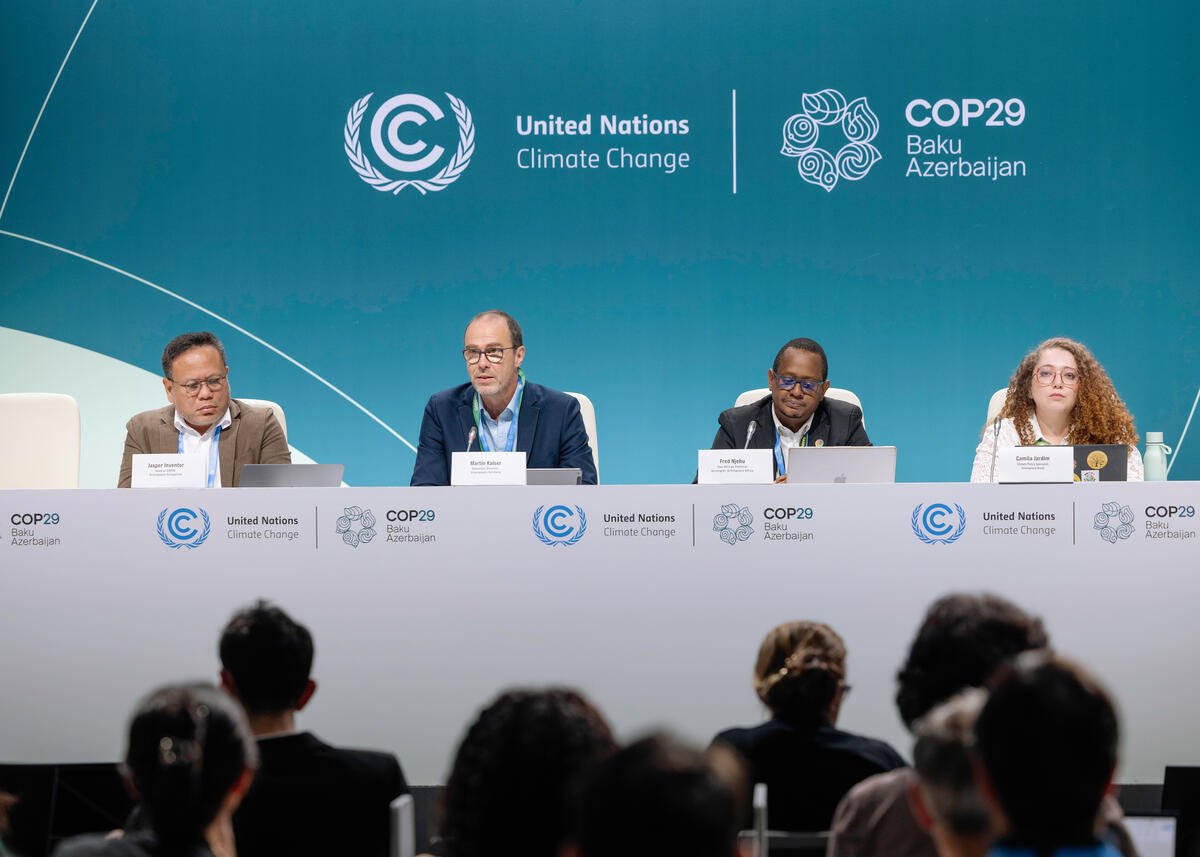
Inside a COP you will find world leaders, government negotiators, scientists, Indigenous leaders, youth activists, journalists and, yes, lobbyists. It is complicated, messy and often frustrating. But there is no other global forum where both the smallest island nations and the world’s largest economies sit down at the same table to hammer out agreements.
Think of it as a giant global group project. Not everyone does their homework, a few actively try to sabotage the assignment, but we still need everyone involved to pass the course.
2. Why COPs matter for global solutions
Climate chaos does not stop at borders. Droughts in one region can drive up global food prices. Melting glaciers in the Himalayas threaten communities thousands of kilometres downstream. Heatwaves in South Asia kill people who did little to cause the crisis.
This is why COPs exist. They are the only place where governments can, at least in theory, cooperate to solve a problem that no single country can fix alone. Multilateralism might sound like a wonky word, but it simply means countries working together. And when it comes to climate, global problems need global solutions.
Without COPs, the alternative is each country fending for itself in a planetary emergency. We have already seen how dangerous that can be.
3. What COPs have achieved so far
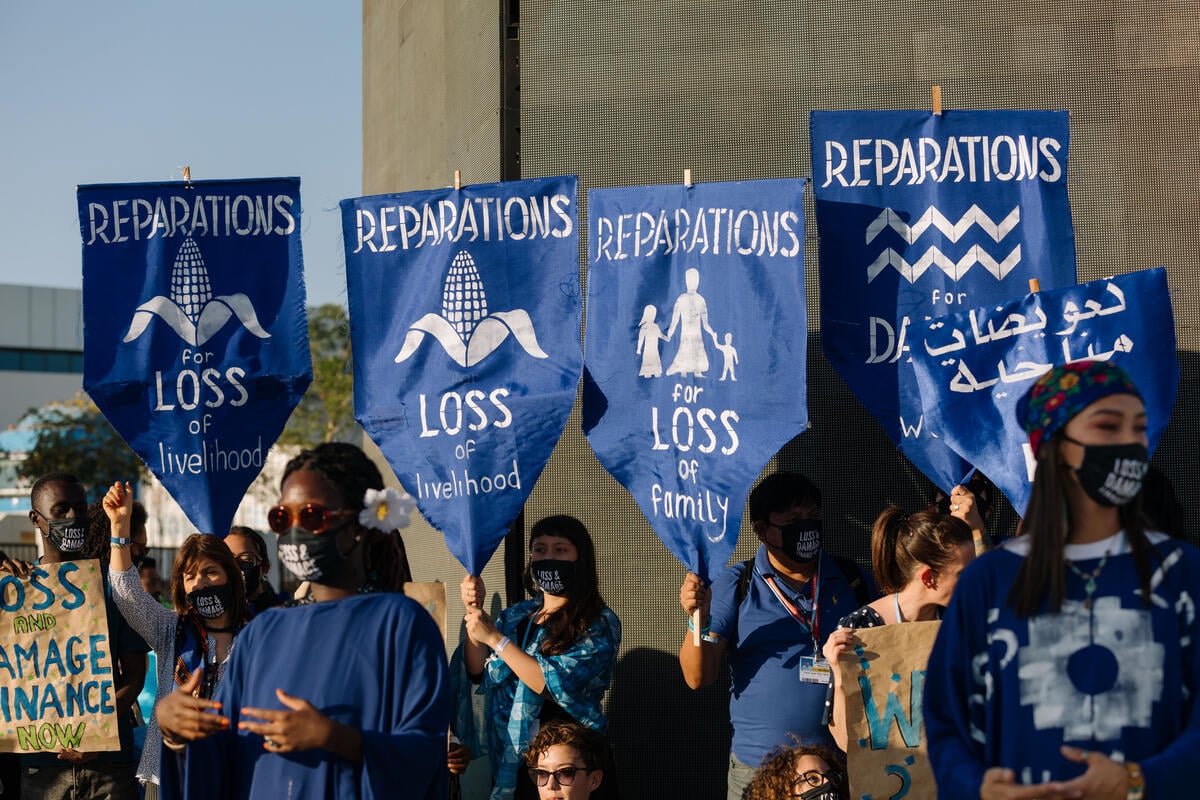
It is easy to feel cynical, but history shows COPs can deliver when pressure builds.
- COP21 (Paris, 2015): The Paris Agreement: governments agreed to keep global warming “well below 2°C” and aim for 1.5°C, a planetary boundary that must not be crossed. Imperfect, but a turning point.
- COP27 (Sharm el-Sheikh, 2022): The long-fought Loss and Damage fund was created to help vulnerable countries hit hardest by climate disasters. Campaigners had pushed for this for decades.
- COP28 (Dubai, 2023): For the first time, a COP decision named fossil fuels as the root of the climate crisis. We called it historic but warned: “Leaders must now commit to a full, fast, fair and funded fossil fuel phase-out.”
- COP29 (Baku, 2024): Climate finance dominated. Governments pledged new funding, but we criticised the outcome as woefully inadequate given the scale of climate impacts. Delay means disaster.
None of these victories happened by chance. They came from people power: Indigenous leadership, climate-vulnerable countries pushing back, campaigners refusing to give up, and millions of supporters demanding action.
4. COPs, lobbyists and people power
We’ll be real: COPs are often criticised as talk shops where corporate lobbyists outnumber climate-vulnerable countries. At COP28, fossil fuel lobbyists actually outnumbered almost every national delegation. Meat and dairy corporations also showed up to defend factory farming.
This is why civil society, Indigenous Peoples, youth and activists need to be inside the halls. They are there to hold governments accountable, to challenge greenwash, and to amplify voices that too often go unheard.
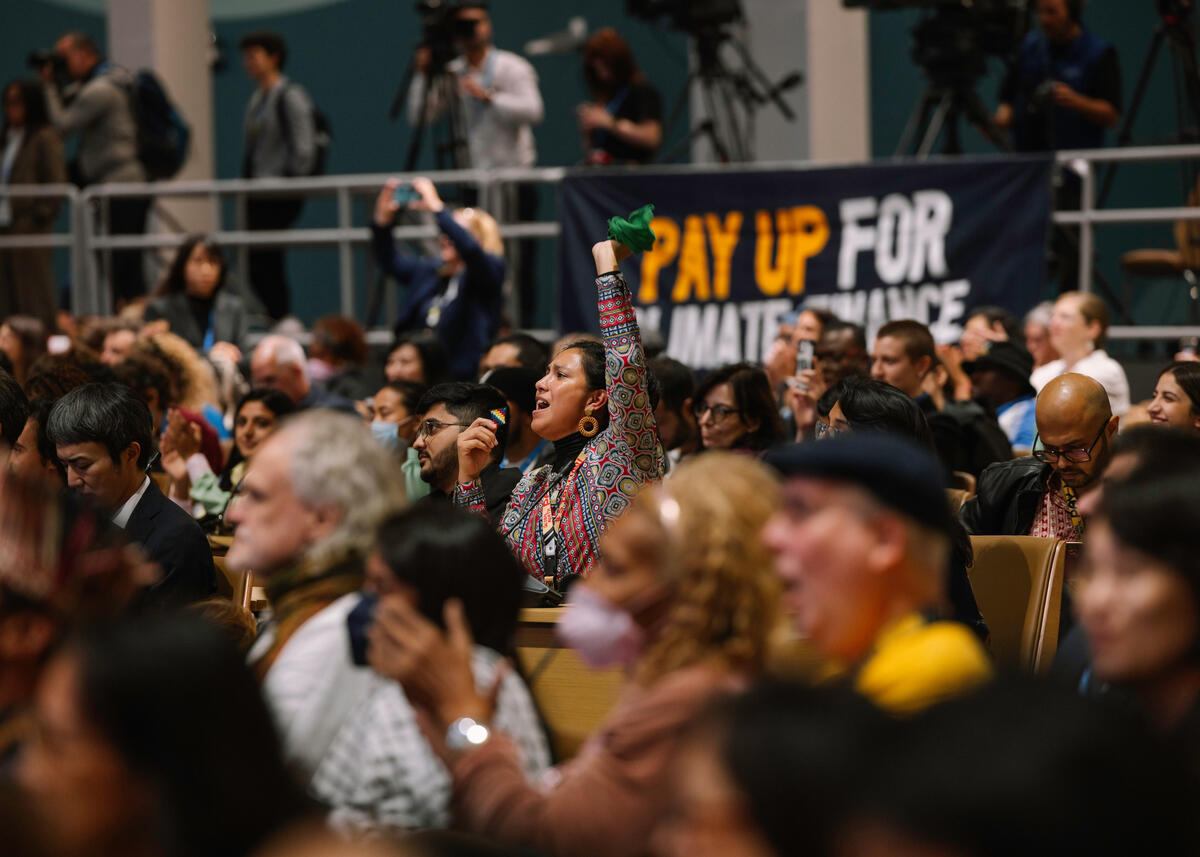
Greenpeace goes to COPs not because we believe politicians will suddenly save the day, but because without relentless pressure, progress is even less likely. It’s people power that makes change possible.
5. One COP fact that shows why they matter
Here is one striking number. According to the UN, current national climate pledges still put us on track for up to 3.1°C of global warming this century. But to achieve the 1.5°C limit, countries need to fully implement and strengthen their pledges, ensuring they cut emissions by about 43% by 2030 compared to 2019 levels and go even further by 2035.
That is the difference between widespread collapse of ecosystems and a fighting chance to stabilise the climate. It shows why COPs are still needed. The decisions made there can literally add or remove gigatonnes of carbon pollution from the atmosphere. The difference is life-changing for millions of people, for forests, for biodiversity, and for every future generation.
Why COP30 is critical
This year’s COP, the 30th meeting, will take place in Belém, Brazil, at the gateway to the Amazon rainforest. That alone makes it significant. The Amazon is home to extraordinary biodiversity and millions of people, including many Indigenous communities. It is also one of the planet’s most important carbon sinks, absorbing billions of tonnes of CO₂ every year. Scientists warn the Amazon is nearing a tipping point, where it could start releasing more carbon than it stores.
COP30 will also take place 10 years since the Paris Agreement was reached, representing a key assessment moment. Governments are expected to bring stronger climate pledges aligned with the 1.5°C limit, the dangerous threshold scientists warn must not be reached. In plain language: this is the year when leaders must step up to the challenge Paris laid down.
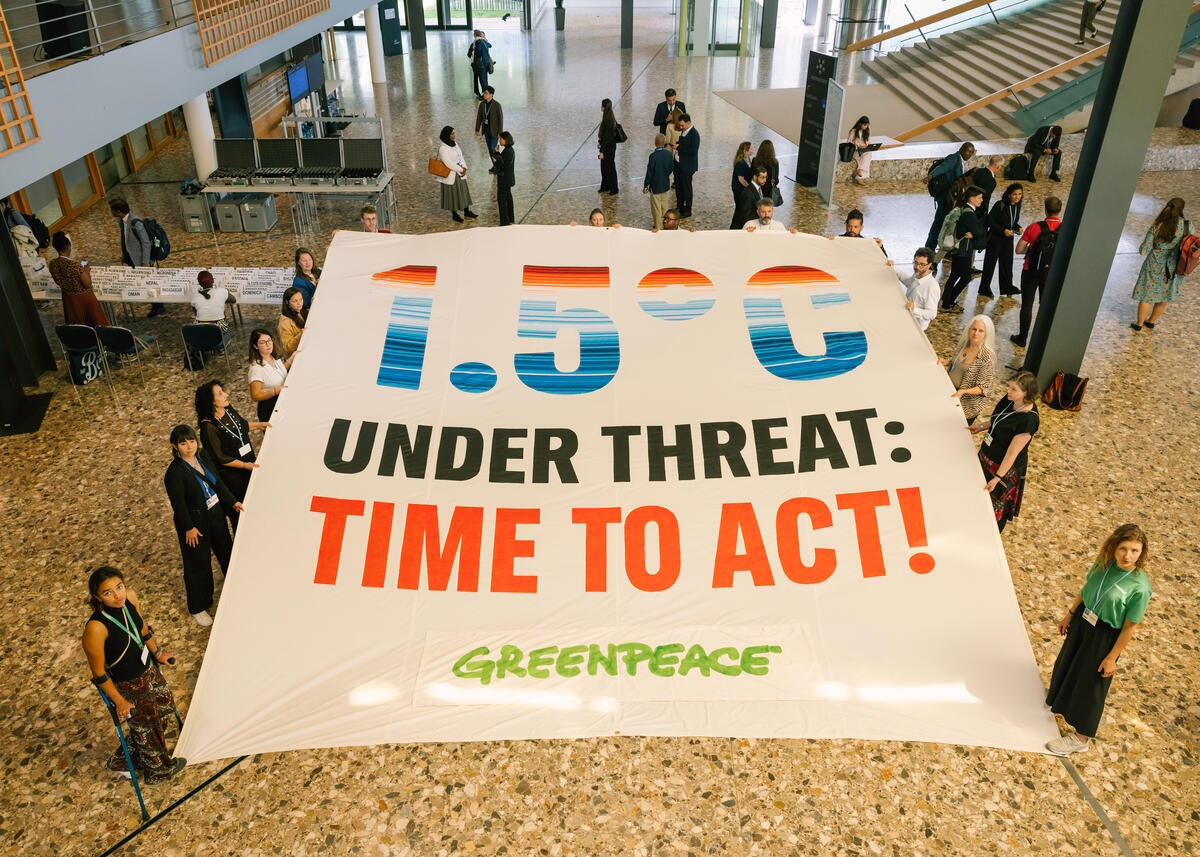
The stakes could not be higher. COP30 is the moment for governments to show courage rather than failure. It’s time to move from negotiation to implementation.
And while mistrust is understandable, hope is vital. Change does not come from leaders alone, it comes from people acting everywhere: marching in the streets, voting, suing polluters, protecting forests, sharing their stories, pushing for justice.


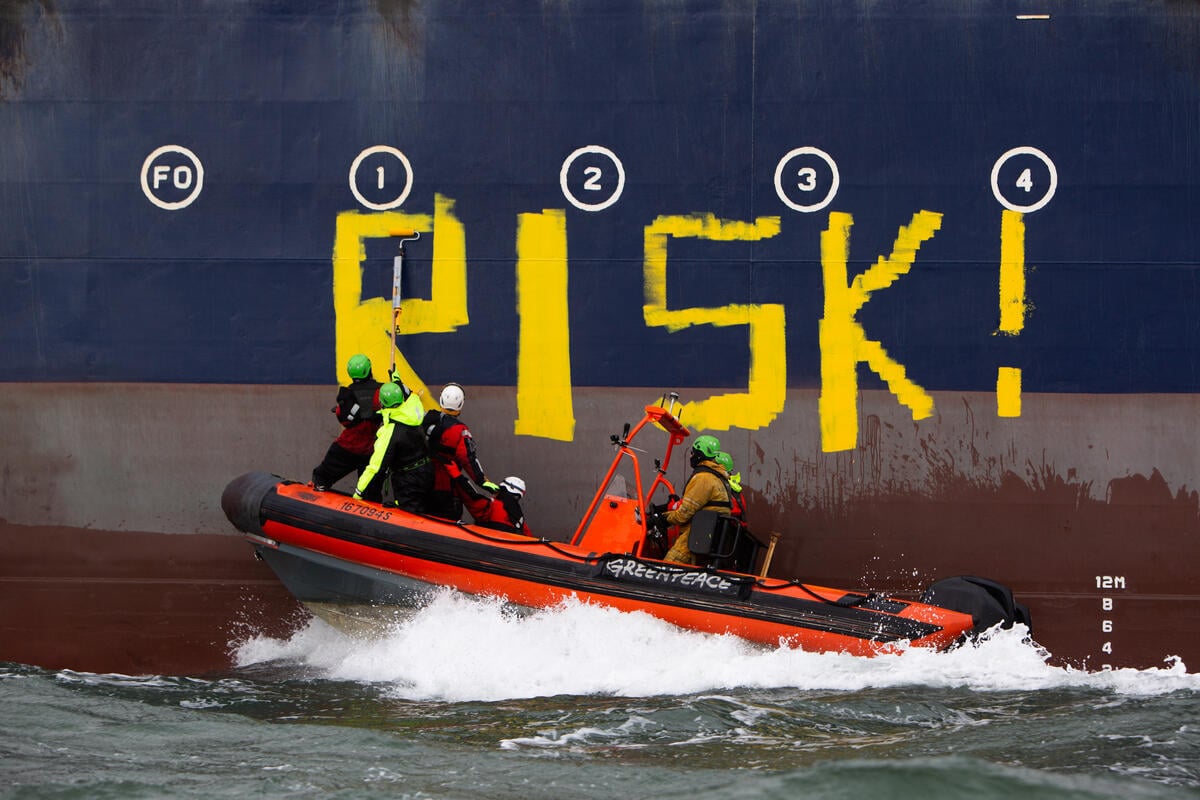
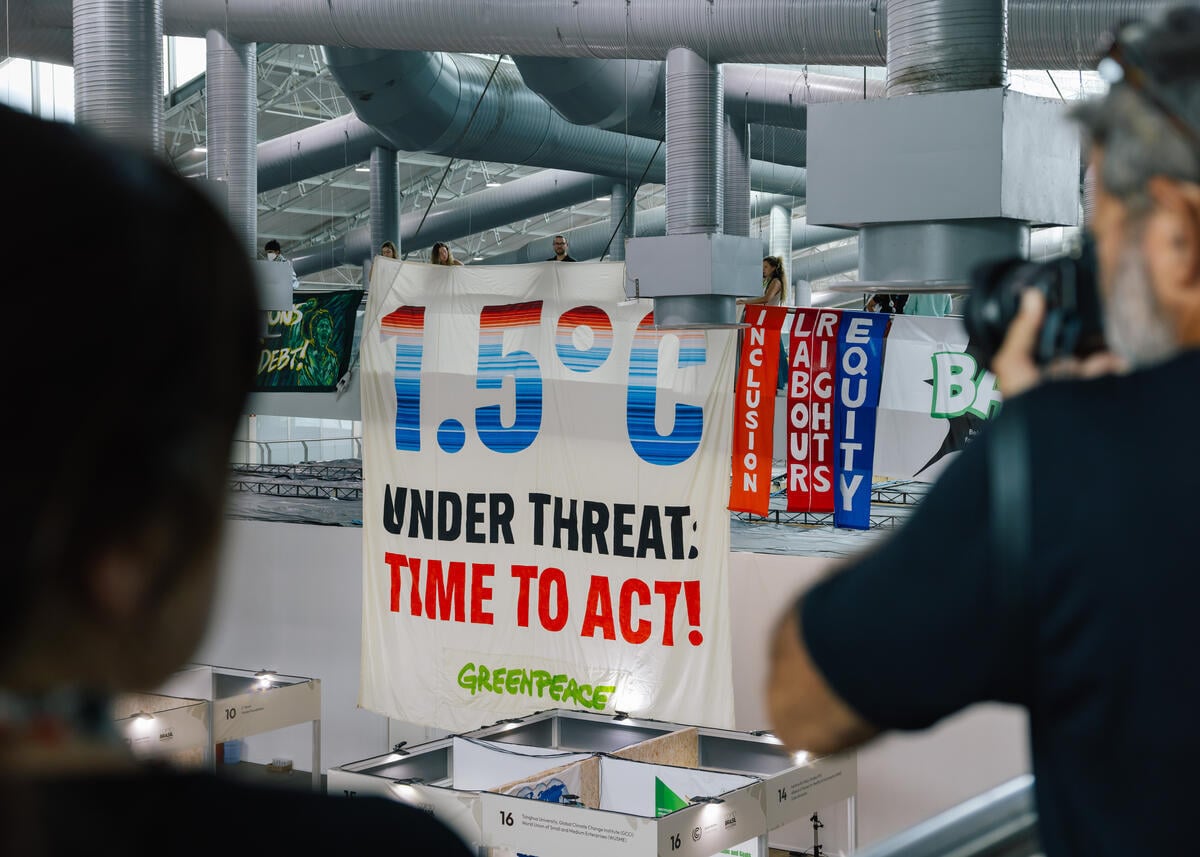
Discussion
This is good